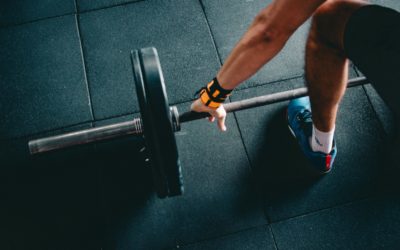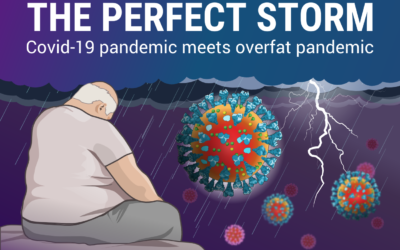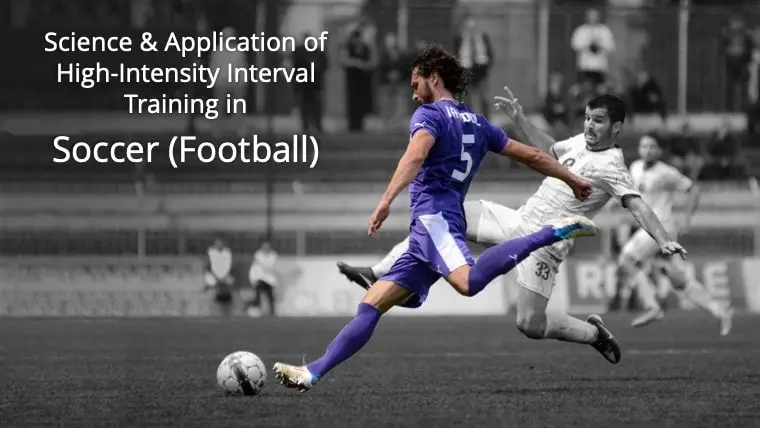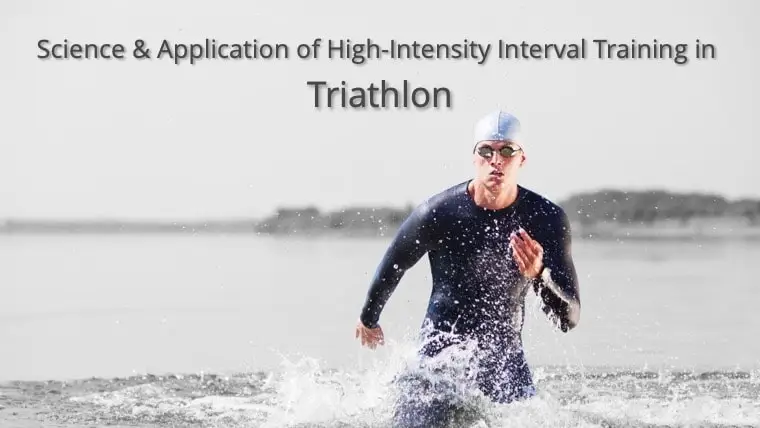Get Your Monthly Knowledge HIIT
The HIIT Science Blog
Stay up to date with the latest research, tips, and updates
Supplements and Nutritional Interventions to Support HIIT Adaptation
We all know the amazing benefits of high-intensity interval training (HIIT), such as improved cardiovascular system function, muscle metabolism, systemic health and of course exercise performance. But one aspect that has received relatively less discussion is: What...
Using the concept of ‘priming’ to enhance athlete readiness to perform
Peter Harrison is a PhD Candidate at The University of Queensland and QAS SPIKE | ASCA Level 2 S&C Coach What is priming? You’ve probably heard of priming before. The term ‘priming’ means “preparation for action” and can be used in numerous contexts....
The perfect storm – Is excess fat a hidden risk factor for COVID-19?
We are living in extraordinary times, with a novel coronavirus (2019-nCoV) outbreak that has become a public health emergency of international concern. This affects us all. The Olympic Games have been postponed, as have all other sporting events. Unemployment,...
The Greatest Show on Earth*
It’s been a year since I first wrote on the topic of artificial intelligence (AI) and machine learning methods and their application to our field of sports science. But a year feels like a century in the field of data science today. Just consider the pace at which new...
High-Intensity Interval Training: The key strategy to maintain fitness during periods of reduced activity
Periods of reduced training, or training cessation, naturally lead to decreased fitness. The reduction in aerobic fitness that occurs will be inversely related to the aerobic training load accumulated before the period of reduced training. Using more technical jargon,...
Juggling Research and Practice in Sport
Sport researchers, such as academics and PhD students, who undertake applied research projects, naturally hope that their research findings will inform practice and improve sporting outcomes. At the same time, sport practitioners, including coaches and...
Heat Acclimatization – What? Why? How?
Over the next couple of years, two of the world’s largest sporting events are happening in the hottest places on earth. The 2020 Tokyo Olympics are forecast to see temperatures in excess of 33.3oC (92oF) whilst the FIFA World Cup, scheduled to take place in Qatar in...
Applying a High Performance Thought Process to Organizational Development
This is the 2nd of two blog posts written by Ed Lippie and Darcy Norman following their time at AS Roma. Control What you Can Control…The Power of Process, Mission, and Values When looking back on the legacies of legendary coaches like Vince Lombardi, John Wooden,...
Applying a High-Performance Thought Process to Soccer
Ed Lippe and Darcy Norman discuss their experiences of working at A.S. Roma and their perspectives on the application of a high-performance thought process to soccer
HIIT your physiological target in sprint kayak
A logical approach to physiological targeting with HIIT is well described throughout HIIT Science. We know that development of our biological targets (aerobic, anaerobic, neuromuscular) can be stimulated with the right type of training, alongside alignment with the particularities of our context (e.g. athlete profile, sport demands, environmental constraints). This is the bird’s eye view that the coach will want to take to form their decisions regarding HIIT prescription.
Logical HIIT solutions in professional soccer
Following the recent post and article (1) on high-speed running (HSR) management, I have since written a second short opinion piece for Sport Performance & Science Reports (2), where I offer further guidelines for coaches and practitioners for programming HSR and MW sequences in relation to technical training content and match schedules (i.e., different weekly microcycles).
HIIT without carbs? Maybe, no problem
Within HIIT Science, Chapter 4 describes how carbohydrate availability can be manipulated around HIIT sessions to alter the acute physiological strain and subsequent response. Indeed, it’s been repeatedly shown across numerous studies that dietary carbohydrate...















